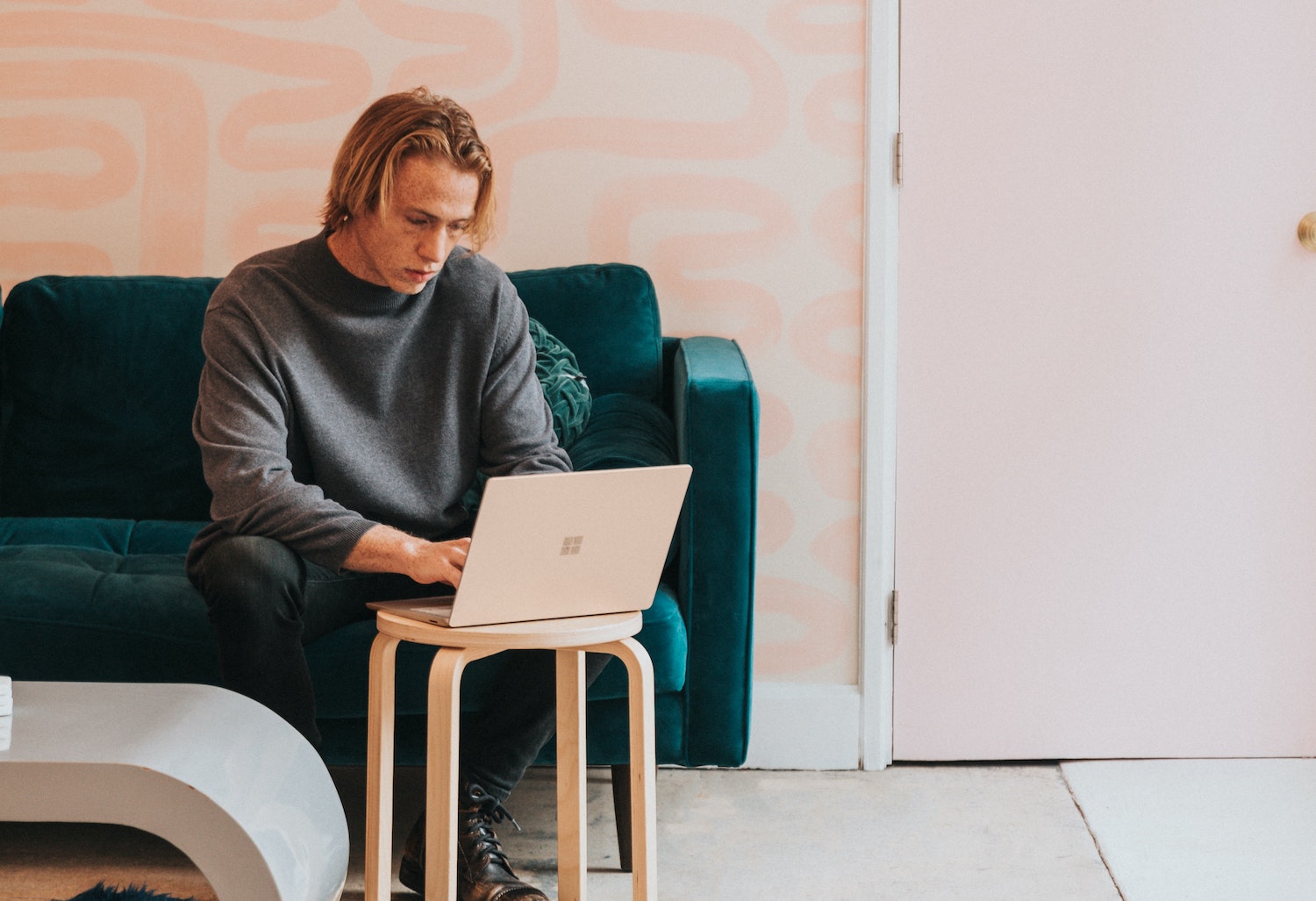In our clinic during the lockdowns we’ve seen a distinct rise in the incidence of people seeking treatment for lower back pain. Working from home and remote learning conditions often mean less-than-ideal workstation setups and increased hours glued to the screen, both of which place increased pressure on spinal postures. And most people have waited longer than usual for treatment due to the restrictions. This means that the severity of symptoms most people with back pain have been presenting with have been on the higher side as well.
So what accounts for back, and what is the best treatment for it?
Around 90% of low back pain is said to be nonspecific, which excludes the diagnosis of patho-anatomical causes, and nonspecific back pain is said to affect upto 70% of adults during their lifetime. The best treatment for nonspecific back pain is exercise, and it doesn’t seem to matter what type of exercise is better than others. Strengthening, Pilates, water-based, aerobic fitness-based exercise and stretching-based exercise are all beneficial. Exercise which involves a mind-body connection, such as Tai Chi, Yoga and Alexander Technique, are also excellent, especially for those who may benefit from a meditation aspect. The current GP guidelines recommend any and all of these.
Physiotherapy is beneficial for chronic low back pain, which is defined as back pain lasting more than 12 weeks. Manual therapy is more effective when combined with exercise and education, and indeed our profession is moving toward a path of ‘active’ therapy rather than ‘passive’ therapy because the evidence for better points us this way. Seek treatment or guidance from a physiotherapist if your symptoms prevent you from exercising, or if you are exercising and still experiencing pain.
Modifying our perception of pain is imperative when dealing with chronic pain, as our brains can often require themselves to associate normal activity with pain when it has been present for a long period of time. Avoiding activity due to fear of injury or pain is the tell-tale symptom, and everyone who presents with this will benefit from professional guidance.
There is good evidence for other interventions for chronic back pain – psychological techniques such as cognitive behavioural therapy and dietary changes to reduce inflammatory aspects in our diets (look up the Diet Inflammatory Index) – as an adjunct to enable exercise in most cases. There is poor evidence around cortisone injections, glucosamine, magnesium and other supplements.
Even disc problems, which are often present in asymptomatic people, should be treated with exercise and physiotherapy for at least six weeks before radiology such as Xray or MRI is warranted. Indeed early radiology is associated with poorer outcomes and catastrophising of symptoms. The vast majority of disc injuries resolve or significantly improve within 3 months and further intervention is rarely necessary.
